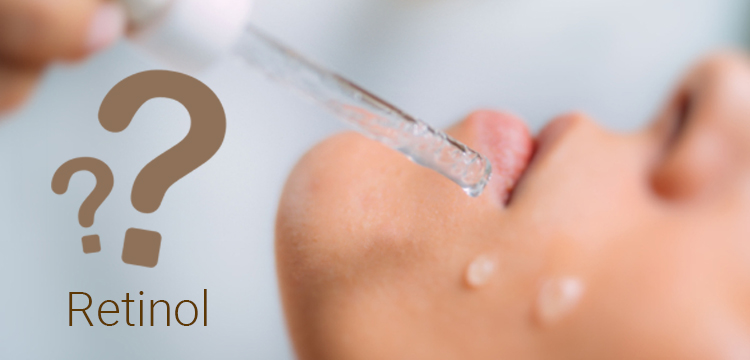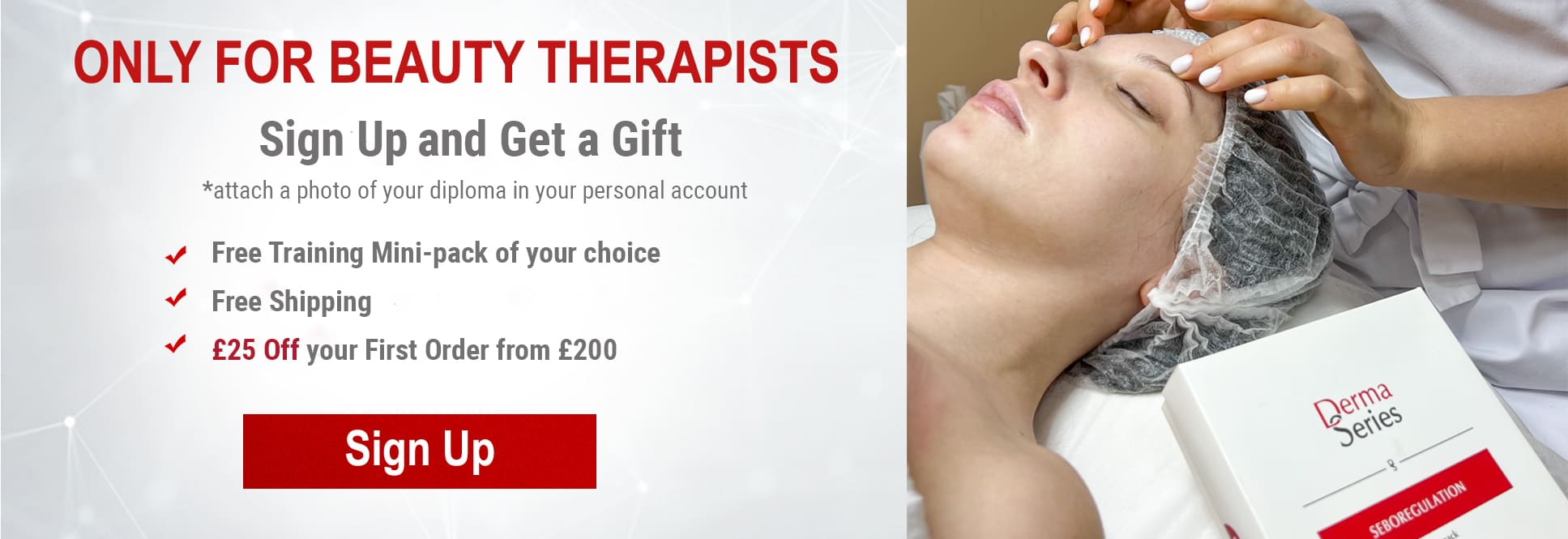What forms of retinol are there?
Retinol can be obtained both synthetically and from plant sources.
Plant-Derived Retinols are not synthesized as chemical compounds in the laboratory, but are extracted from plant sources such as wild rose (rosa gallica) and onion extracts. For example, Bakuchiol is produced from the seeds of Psoralea corylifolia, which is similar in action to retinol. Bakuchiol produces the desired effects much more slowly, but has no contraindications such as pregnancy and lactation.
Synthetic retinol is rightfully considered the most effective in achieving your goals. Retinol is usually produced in a laboratory, starting with beta-ionol. Through catalytic and chemical transformations, the molecular structure of compounds changes. Therefore, we can find different types of retinol: retinal, retinoic acid, retinol aldehyde, retinyl esters.
An innovative form of the new generation is considered to be HPR (Hydroxypinacolone Retinoate) – this is a complex chemical compound that is a mixture of retinoic acid and hydroxypinacolone (an antioxidant molecule to enhance the effect of retinol).
The advantage of HPR over more traditional forms of retinol is its mild, safe, non-aggressive effect on the skin.
HPR is designed to improve skin condition, to reduce wrinkles, improve texture and stimulate collagen production.
Is it better to choose an oil-based or water-soluble form of retinol?
The oily form of retinol is more effective for topical use, especially considering the fact that retinol is a derivative of fat-soluble vitamin A. Due to the lipid mantle of the skin, which automatically repels water, the oily form has higher bioavailability, fat is more easily dissolved in fat. In order to have an equivalent effect, higher concentrations are added to water-soluble forms of retinol, respectively, this increases the irritating ability of the products on the skin and leads to a higher risk of side effects from retinol.
That is, retinol contained in oily products and dissolved in fatty acids is more physiologically absorbed by the skin.
What side effects does retinol cause and how to avoid them?
Retinol and other retinoids can cause a number of side effects, especially early in use as the skin adapts to these active ingredients.
- Dryness and flaking are one of the most common side effects. To avoid dryness, start with a low application frequency and gradually increase the number of applications per week. It is imperative to moisturize your skin to retain moisture in your skin.
- Retinol may cause temporary redness and irritation. To mitigate these effects, retinol is prescribed at night, and simultaneous combinations with other irritating products, like high concentration acids, are avoided.
- At the beginning of using retinol, inflammatory elements may appear on the skin – the so-called “adaptation period”. It is necessary to continue using retinol as this is often temporary and the skin should clear up eventually.
- Retinol makes the skin more sensitive to ultraviolet radiation, so at the same time sunscreen must be prescribed during the day. Prolonged exposure to the sun should be avoided.
Gradually increasing the concentration of retinol reduces the risk of side effects. The manufacturer’s recommendations should be followed. If necessary, you should take a break from using retinol to allow your skin to recover if side effects are noticeable.
What problems can be solved using retinol?
Retinol and its derivatives bind to specific receptor proteins that are located inside skin cells. These receptors are called retinoid receptors. Thus, retinol affects the functioning of genes inside skin cells, regulating the activity of genes that control the processes of collagen production, cell division and renewal, and sebum synthesis. Accordingly, increasing the amount of collagen can reduce the appearance of wrinkles and improve skin texture.
By accelerating the natural exfoliation of old cells and the formation of new ones, retinol helps smooth out skin texture.
Retinol effectively reduces pigmentation of any origin, which ensures the most uniform skin tone. It also helps prevent the appearance of comedones, it reduces inflammation and the amount of sebum, which underlies the pathogenesis of acne.
Is it possible to combine retinol and acids in skin care?
Acids enhance the work of retinol, increase bioavailability, reducing the stratum corneum layer of the skin, simultaneously increasing collagen synthesis, normalizing the work of the sebaceous glands, and regulating excess melanin.
However, it is very important to follow the regime of using products with retinol and acids. The main thing is the gradual introduction of skincare products. It is better to start with low concentrations and gradually increase them. This will allow the skin to get used to the active ingredients and respond adequately to the procedure.
It is better to use retinol and acids at different times of the day. Use retinol in the evening, and acids (for example, glycolic, salicylic or lactic) in the morning. Unstable forms of vitamin C, when used simultaneously with retinol, can also increase irritation, dryness and flaking of the skin, and increase its sensitivity.
The use of sunscreen during the day is mandatory.
A professional peel course will enhance the result; it is important to exclude the use of retinol and acids in home care on the day of the procedure; professional exposure will be sufficient on this day. By following the pre- and post-peel preparation regimen, the risk of side effects is eliminated.
Teach the patient to “feel” their skin. If you notice dryness, irritation, redness or other side effects, you should stop using the products and give your skin a rest. You can then reduce the concentration or frequency of product usage.
Is it possible to exceed the dosage of retinol?
If retinol is used according to the regimen specified in the instructions, the drug does not cause side effects.
It is important to monitor the concentration of retinol. For example, retinol and its derivatives should be in only one of the skincare products.
If the patient takes retinoids orally, they should not be applied topically. There must be only one retinol, otherwise side effects are inevitable. During this period, it is better to pay attention to moisturizers and introduce products to restore the lipid mantle of the skin. Products that reduce skin sensitivity and irritability are ideal.
After a course of taking retinoids orally, maintenance therapy can and should be prescribed – topical retinol in this case will be an ideal option to maintain the result.







